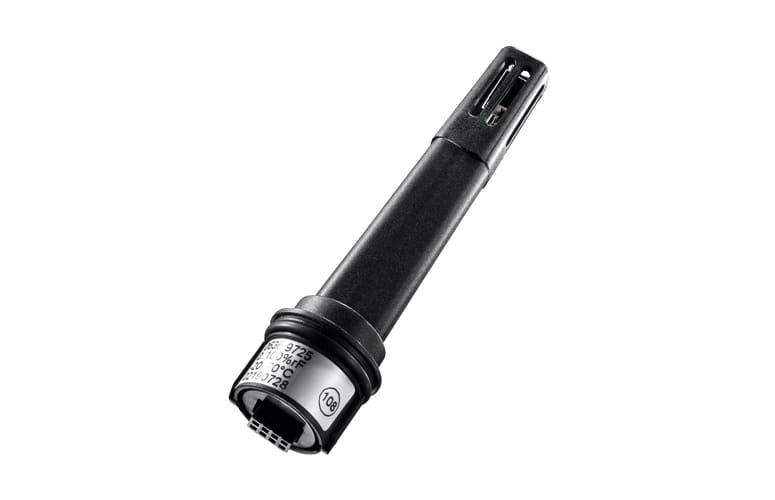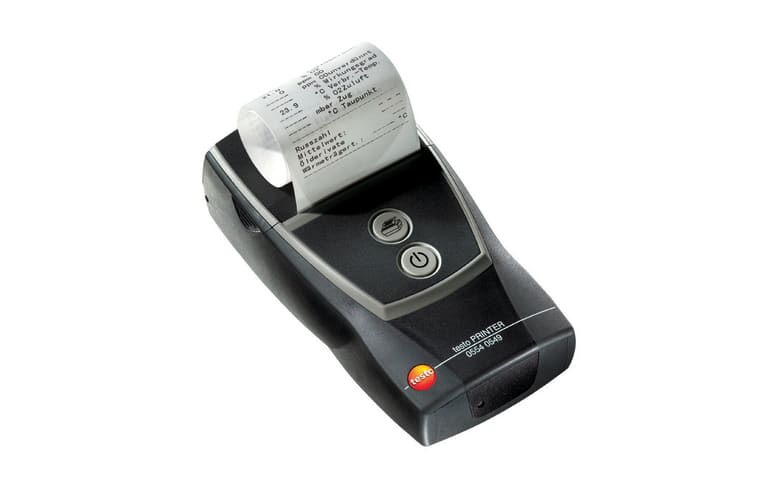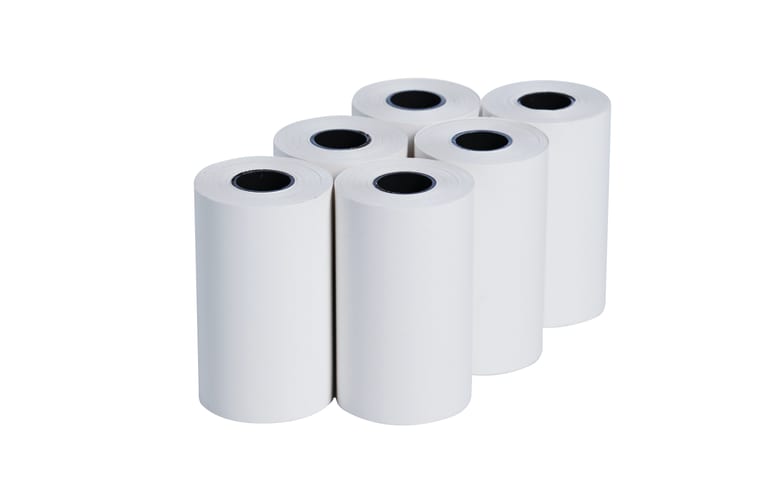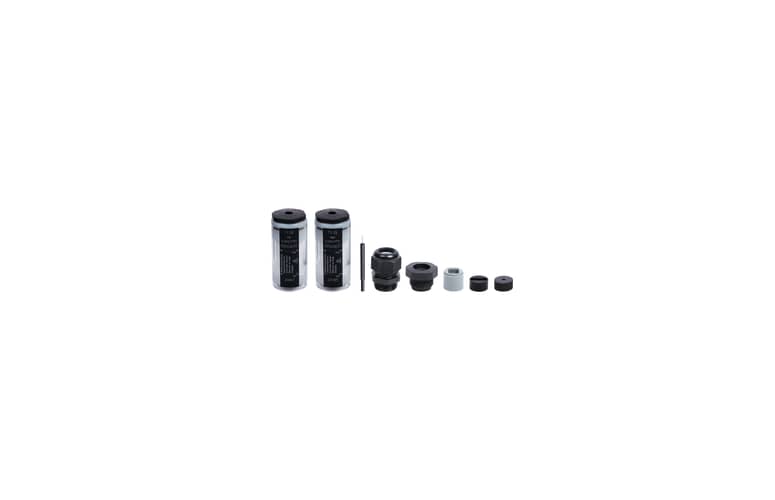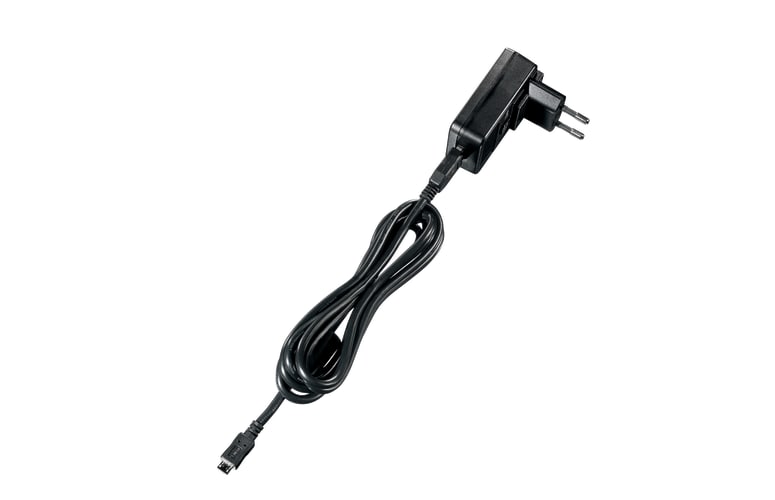De modernste technologie, gebruiksvriendelijkheid en een robuust ontwerp. Dit zijn slechts een paar van de eigenschappen die de testo 315-3 met kop en schouders boven de rest laten uitsteken. De koolmonoxide/koolstofdioxide meter is ontworpen om koolmonoxide en koolstofdioxide (CO/CO2) parallel te meten in verwarmingssystemen en ventilatiesystemen. De meetwaarden worden weergegeven op het duidelijke display. Er gaat zowel een visueel als akoestisch alarm af wanneer de koolmonoxide/koolstofdioxide grenswaarden worden overschreden. De CO/CO2 grenswaarden kunnen worden aangepast naar uw individuele wensen en applicaties.
De slim ontworpen koolmonoxide en koolstofdioxidemeter heeft een zuinige lithium polymeer oplaadbare accu en schakelt automatisch uit als het meetinstrument voor CO/CO2 een tijd niet gebruikt wordt.
Er is nog een andere praktische eigenschap van de testo 315-3: de CO/CO2 meter voor metingen aan de omgevingslucht kan gebruikt worden in combinatie met de rookgasanalyzer testo 330-2. De koolmonoxide en koolstofdioxide meetwaarden kunnen direct worden overgedragen naar de rookgasanalyzer via een infraroodverbinding.
Breid uw CO/CO2 meter uit met de volgende accessoires voor nog meer mogelijkheden
De testo 315-3 is standaard uitgerust om te voldoen aan alle eisen die u aan CO/CO2 meter kan stellen. Met de volgende accessoires kunt u het meetinstrument voor koolmonoxide en koolstofdioxide aanpassen naar uw wensen:
- TopSafe beschermhuls: water- en vuilbestendig; beschermd de testo 315-3 CO/CO2 meter in natte en vieze omstandigheden
- Testo printer: met de testo printer kunt u meetresultaten direct op locatie afdrukken. Dit helpt uw klanten met de vereiste administratie. De meetresultaten worden overgedragen naar de printer met de infrarood interface van de CO/CO2
- Temperatuur/vocht module: met de temperatuur en vochtmodule meet u naast koolmonoxide/koolstofdioxide ook snel en betrouwbaar temperatuur en relatieve vocht.

